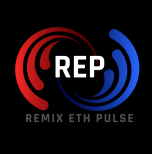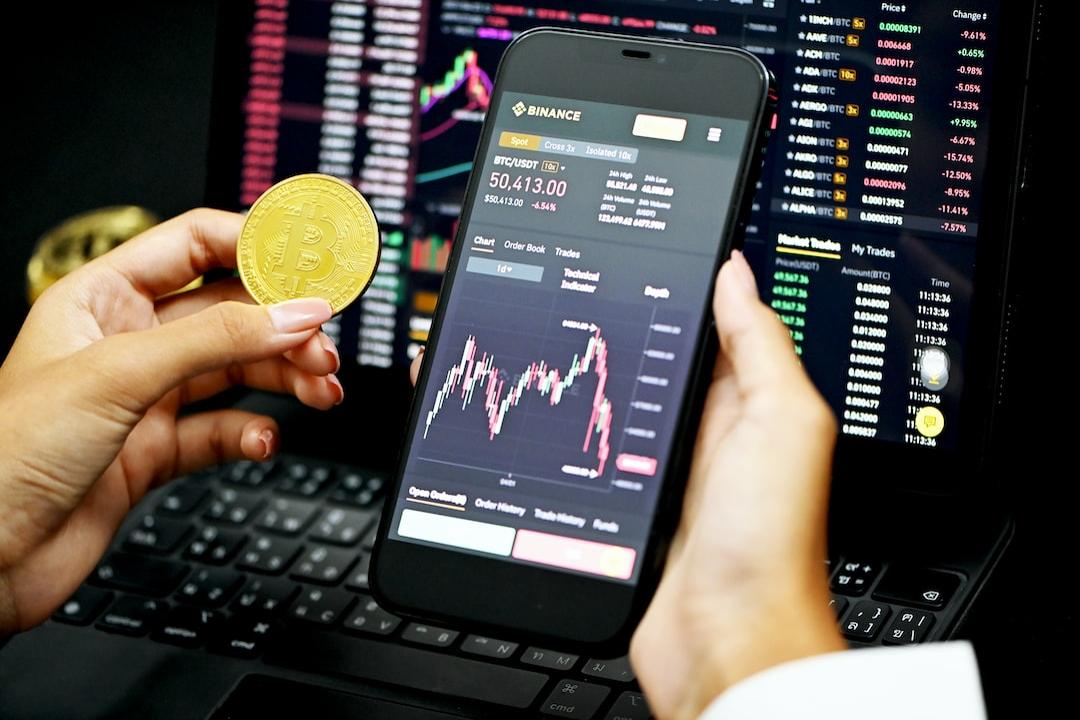What Happened?
Despite Grayscale’s GBTC having the highest fees in the market (1.5%) and experiencing significant capital outflows since its conversion to an ETF, resulting in a “halving” of its asset size, the total management fees it collects (annual revenue of approximately $268.5 million) surpass all other lower-fee U.S. spot Bitcoin ETFs combined, which manage larger total assets.
The reason GBTC can maintain the asset size necessary for high revenue is largely due to the significant unrealized capital gains many early investors have in GBTC. To avoid triggering high capital gains taxes, they are unwilling or find it difficult to transfer funds to lower-cost ETFs. Additionally, some investors’ brand loyalty to Grayscale and the inertia of institutional investors have created barriers to capital retention.
The case of GBTC illustrates that while low fee rates are a key competitive strategy for attracting new capital in the spot Bitcoin ETF market, tax implications, historical holding costs, and investor stickiness are also important factors determining whether capital flows out and the revenue capacity of the issuer.
GBTC Becomes the “Revenue Champion” in the Bitcoin ETF Market
Since U.S. spot Bitcoin ETFs were approved for listing in early 2024, they have rapidly become the focus of the cryptocurrency investment sector, attracting a large amount of capital and attention, prompting intense fee competition among issuers.
However, in this seemingly advantageous battle for lower fees, a surprising situation has emerged: despite ongoing capital outflows caused by investors shifting to lower-cost products and its management fees being significantly higher than most competitors, Grayscale’s Bitcoin Trust ETF (GBTC) still maintains astonishing revenue capacity, with annual income exceeding the total of all other U.S. spot Bitcoin ETFs combined.
According to Coinglass data, GBTC’s assets under management (AUM) stand at approximately $17.9 billion, but due to its 1.5% fee rate, the expected annual revenue is around $268.5 million.

In contrast, other U.S. spot Bitcoin ETFs collectively manage about $89 billion in assets, but their total expected annual revenue is just over $211.8 million.
Even BlackRock’s iShares Bitcoin Trust (IBIT), which manages assets far exceeding GBTC with AUM of $56 billion, anticipates annual revenue of approximately $137 million due to its fee rate of only 0.25%, which is far less than GBTC.
In simple terms, even though GBTC’s asset size has decreased due to capital outflows, and its total managed assets do not surpass those of other competitors in the market (either in total or as a single largest competitor), its much higher fee percentage allows Grayscale to generate more revenue than other ETFs that manage larger assets but charge lower fees.
Nearly 16 months after spot BTC ETFs launched, GBTC still making more $$ than all of the other ETFs combined… And it’s not even close.
pic.twitter.com/Tfn7g1j5Su — Nate Geraci (@NateGeraci) April 27, 2025
The Strange Phenomenon of Bitcoin ETFs: GBTC’s Assets Plummet, Yet Revenue Surpasses All Competitors Combined?
Grayscale’s Bitcoin Trust (GBTC) received approval from the U.S. Securities and Exchange Commission (SEC) in January 2024 to successfully transition from a closed-end trust to an open-end exchange-traded fund (ETF). However, this newly acquired “redemption right” immediately led to significant capital outflows.
Following the announcement of its conversion, GBTC quickly experienced unprecedented capital outflows, with the number of Bitcoins held drastically decreasing, leading to total outflows of between $17.4 billion and $21 billion, resulting in a “halving” of its asset size and losing more than half of its holdings.
Nevertheless, Grayscale has managed to maintain revenue leadership in such circumstances, primarily due to several key factors:
- High Fee Rate: This is the most direct reason. Even with a reduced asset size, the 1.5% high fee rate applied to the remaining large asset base still generates considerable revenue.
- First-Mover Advantage and Brand Loyalty: As the first regulated Bitcoin investment vehicle, GBTC has accumulated deep historical and brand recognition since 2013. Many early investors remain loyal to Grayscale.
- Tax Implications and Institutional Inertia: This serves as a significant barrier preventing many investors from shifting to lower-cost alternatives.
Many long-term investors who purchased at extremely low costs during the GBTC trust era hold substantial unrealized capital gains. Selling GBTC to switch to other ETFs would trigger substantial capital gains taxes, resulting in high costs for users to transfer.
For example, an investor who bought 100 shares of GBTC at $10 in 2015, with shares now valued at $400, faces potential capital gains of $39,000, which could lead to a tax bill of several thousand dollars.
To respond to market competition and attract fee-sensitive investors, Grayscale is also continuously adjusting its strategy. In March 2025, it launched the Grayscale Bitcoin Mini Trust (BTC), which has a much lower fee rate of 0.15% and initially injected about 10% of GBTC’s assets. However, the current revenue of the Mini Trust is still insignificant compared to GBTC.
GBTC, by virtue of its high fee rate, combined with its first-mover advantage, brand loyalty, and significant tax barriers for a large number of holders, has successfully built a revenue moat. This phenomenon highlights the direct impact of fee rates on issuer revenue while also revealing that in actual investment decisions, historical cost, tax considerations, and investor inertia are equally important as the pursuit of the lowest fees.
In the future, as market competition intensifies and investor structures evolve, GBTC’s position may gradually change, but its current financial performance clearly demonstrates how complex factors jointly shape the economic models and competitive landscape of products in a mature market.
Reference: Decrypt, Cointelegraph

